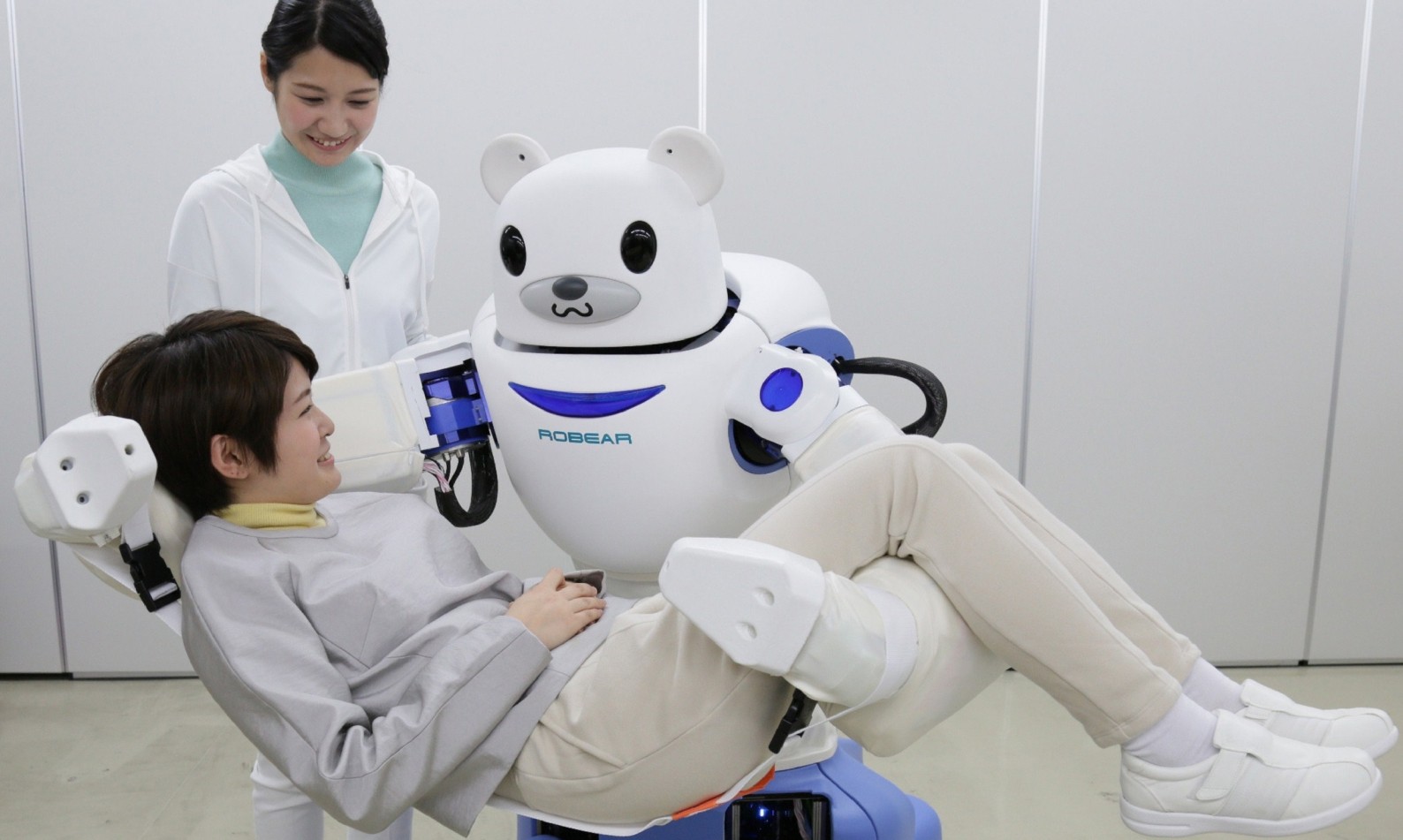Robots are Transforming the Healthcare Industry

Today, it's not uncommon for patients to see autonomous robots chugging along hospital corridors, delivering medicine and keeping conditions sanitary. And these bots are just the tip of the iceberg, with much more complex tech hidden below the surface.
As technology rapidly advances, so do the developments to healthcare. We've already seen drastic changes in the past ten years. And with improvements being made to AI (artificial intelligence), AR (augmented reality) and other technology, this transformation won't end any time soon.
Delivery Robots
Hospitals save time and money by eliminating the need for workers to complete manual tasks. With the help of trusty robots like Tugs, doctors and nurses can spend more time with patients. Tugs are robots that use lidar, an algorithmic program that produces highly-detailed 3D maps by bouncing lasers off its surroundings.
Starting at a known point, Tugs can make their way around the never-ending corridors of a hospital, able to move around patients and use elevators to navigate multiple floors. Tugs can pick up waste and dirty laundry. They can also deliver food and medicine. Drugs are guaranteed to reach the right doctor through the use of biometric security measures. If a bot should get stuck, it will send out an alert that it needs a human hand.
Nurse Robots
What could be more comforting than a giant teddy bear nurse? Named ROBEAR, this bot was designed to aid the growing elderly population in Japan. With Smart Rubber tactile and torque sensors, the robot can gently interact with patients — including lifting and carrying disabled patients or providing an arm to lean on while walking — without hurting them.
With fewer children, many fear a shortage of caregivers will soon become a pressing problem in the country. Expectations are high that robotics, especially nurse robots that can physically interact with patients, will offer a solution. While ROBEAR is still in testing, improvements like a lighter design and smaller base make the tech's integration promising.
Surgical Robots
Robots can be used during routine surgical procedures to reduce human error and aid in recovery. In the U.S., 250,000 people die each year from medical mistakes, some of which are preventable. Surgical robots like the da Vinci give doctors more control over the operating table, leading to higher rates of success and fewer tragic accidents.
Using the da Vinci system is kind of like playing a video game. Surgeons control the robot with a console, using their hands and feet to manipulate the surgical attachments near the patient. When in training, advanced VR (virtual reality) features like motion-tracking alerts users when a mistake is made, streamlining the learning process and helping doctors make improvements.
Therapeutic Robots
More and more hospitals are using robots to provide patients with companionship. While robots may seem cold and unfeeling, these tech companions can act as a calming presence similar to a cat or dog. They're designed to help people feel less anxious when visiting the hospital or undergoing treatment. These interactive robots are programmed with five types of sensors, able to detect its surroundings and remember how people interact with it.
If you pet PARO, for example, a robot that had a starring role on the Netflix show Master of None, it will remember the spot. If you hit it, it will retain the action you did not like. Another bot, Ollie the Baby Otter, uses a sensor board to understand how patients interact with it through touch. It hugs your hand and purrs when you rub its belly.
Nanorobots
Robots are used in hospitals around the world, but certain groundbreaking technologies are still in the testing phase. One promising example is nanorobots, microscopic devices made from single DNA strands. When injected directly into a leukemia patient's bloodstream, the bots can locate and destroy abnormal cells without damaging healthy tissue.
The technology has shown promising results and Ido Bachelet, the lead researcher on the project, says a patient could expect to recover within a month of starting the procedure. Compared to traditional cancer treatments like invasive surgery and chemotherapy, this method causes less pain and damage to the body.
Future of the Healthcare Industry
Robots have already made a significant impact on the healthcare industry. Manual tasks like medicine delivery and laundry pick-are automated with robots called Tugs. Elderly patients can be carried and assisted by giant nurse bots that look like teddy bears. And nanorobotics is predicted to be part of a revolutionary new treatment for cancer.
But what can we expect to see next? With technology evolving so fast, it can be hard to make concrete predictions. VR, AR and AI will all likely play a role. But what tech has yet to be discovered?
Featured Image: https://www.ibtimes.co.uk/japan-meet-robear-robot-bear-nurse-that-can-lift-patients-into-wheelchairs-1489337
Thanks for helping to keep our community civil!
This post is an advertisement, or vandalism. It is not useful or relevant to the current topic.
You flagged this as spam. Undo flag.Flag Post


